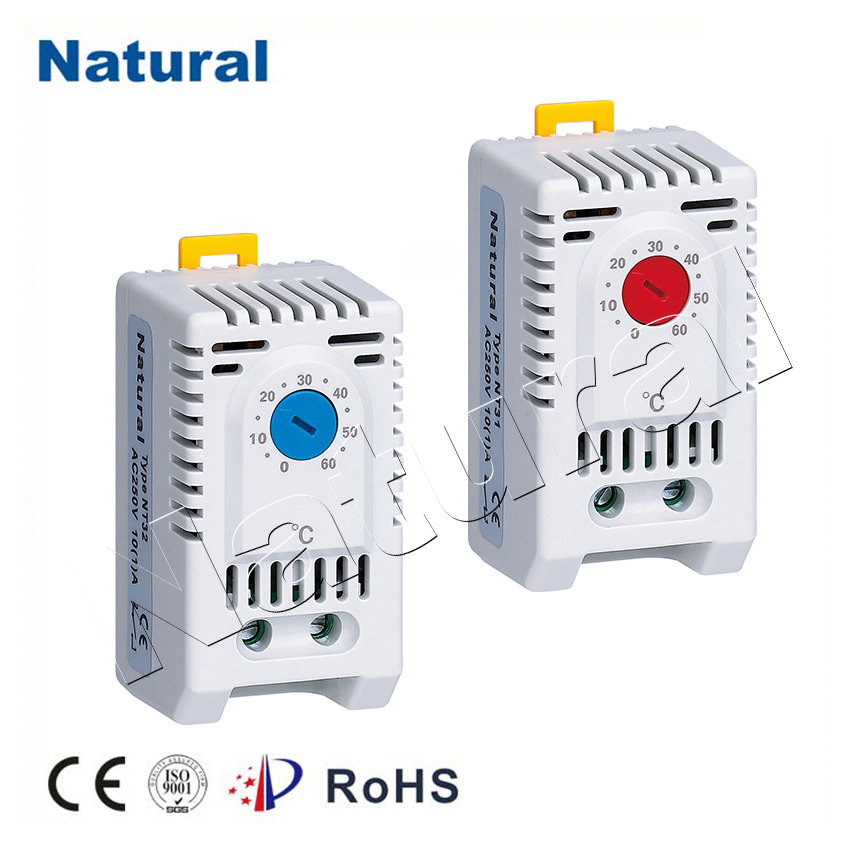文章:

In the world of industrial automation and process control, maintaining precise temperature levels is crucial for ensuring the quality and efficiency of various processes. DIN rail temperature controllers have emerged as indispensable tools for achieving this level of control and accuracy. In this article, we will delve into the world of DIN rail temperature controllers, exploring their features, applications, and the benefits they offer to industries across the board. The Basics of DIN Rail Temperature Controllers DIN rail temperature controllers are compact and versatile devices designed to regulate and maintain temperature within a specified range. They are mounted on standard DIN rails, making them easy to install and integrate into control cabinets and panels. These controllers come equipped with a variety of input options, such as thermocouples, resistance temperature detectors (RTDs), and analog voltage or current signals, allowing them to adapt to different temperature measurement needs. Key Features and Capabilities Precise Temperature Control: DIN rail temperature controllers are renowned for their precision. They employ advanced algorithms and feedback mechanisms to ensure temperature stability within a narrow tolerance range, which is essential for processes that demand exact temperature control. User-Friendly Interfaces: Many DIN rail temperature controllers feature user-friendly interfaces with digital displays and intuitive menu navigation, making them easy to configure and operate. This simplifies the task of setting up temperature profiles and alarms. Multi-Loop Control: Some models support multi-loop control, enabling the management of multiple temperature zones simultaneously. This capability is invaluable in industries like manufacturing, where various processes require distinct temperature control. Alarm and Safety Features: DIN rail controllers often include alarm functions to alert operators to temperature deviations or equipment malfunctions. They also offer safety features such as fail-safe modes and emergency shutdown options. Communication Protocols: To facilitate integration into larger control systems, many DIN rail temperature controllers support communication protocols like Modbus, Profibus, and Ethernet, allowing for remote monitoring and control. Applications Across Industries DIN rail temperature controllers find applications in a wide range of industries: Manufacturing: In manufacturing processes, such as plastic molding and food production, precise temperature control is essential for product quality. DIN rail temperature controllers ensure consistency and reliability. HVAC: Heating, ventilation, and air conditioning systems benefit from these controllers to regulate temperature and humidity, optimizing energy efficiency. Chemical Processing: Chemical reactions often require specific temperature conditions. DIN rail controllers ensure that temperatures remain within the required range, enhancing the safety and efficiency of chemical processes. Pharmaceuticals: Pharmaceutical manufacturing relies on strict temperature control to ensure the quality and efficacy of drugs. DIN rail controllers play a critical role in maintaining these conditions. Agriculture: In greenhouses and agricultural settings, DIN rail controllers help control the temperature for optimal plant growth and crop yield. Benefits of DIN Rail Temperature Controllers The adoption of DIN rail temperature controllers offers several benefits: Improved Quality: Precise temperature control leads to better product quality and consistency, reducing defects and waste. Energy Efficiency: Efficient temperature management leads to energy savings, which is a significant concern for many industries. Cost Reduction: Reduced waste and energy consumption translate into cost savings over time. Remote Monitoring: The ability to monitor and control temperature remotely enhances operational flexibility and responsiveness. In conclusion, DIN rail temperature controllers have become essential tools for industries that rely on accurate temperature management. Their precision, versatility, and array of features make them indispensable in a wide range of applications. As technology continues to advance, these controllers will play an increasingly crucial role in optimizing processes and ensuring the quality of products and services across various sectors.